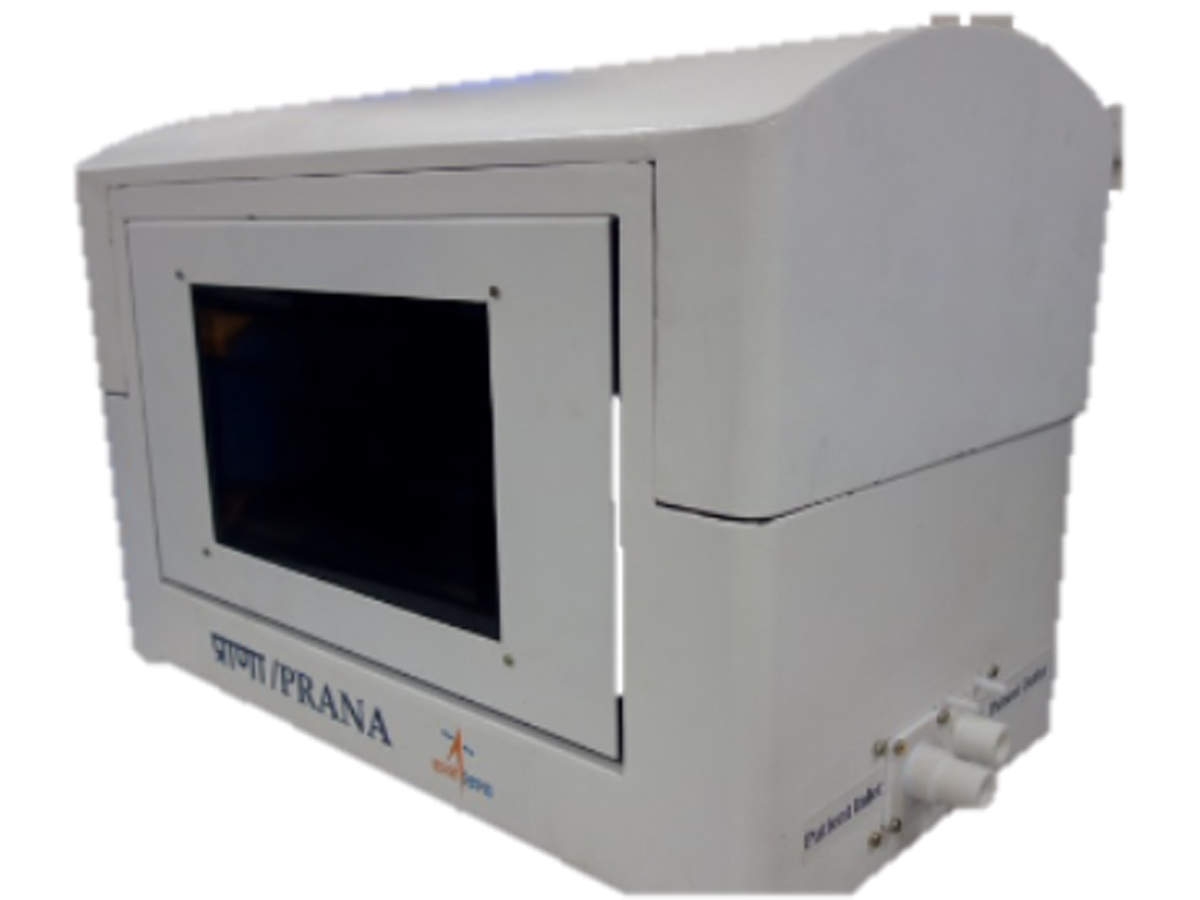ISRO develops 3 ventilators, to support India’s battle against Covid-19
Total Views |
Bengaluru, June 08: Indian Space Research Organisation owned Vikram Sarabhai Space Center has developed the 3 types of ventilators to help the country amid its ongoing battel with the COVID-19. The space agency is also aiming to transfer the technology to the industry for clinical use.
According to the ISRO, it wants to transfer the technology of these three ventilators to PSUs/industries/start-ups having a good track record in manufacturing critical medical/electronic equipment.

Prana, VAU, SVASTA are the names of the three ventilators developed by ISRO.
1) PRANA
It is a low-cost and portable critical care ventilator that is based on automatic compression of an AMBU (Artificial Manual Breathing Unit) bag. AMBU provides positive pressure ventilation to those people who are not breathing or not breathing adequately.
The system features a sophisticated control system consisting of an airway pressure sensor, flow sensor, oxygen sensor, servo actuator as well as expiration and PEEP (Positive and Expiratory Pressure) control valves.
The ventilator can provide the required flow of oxygen-air mixture into the patient’s lungs at the desired rate determined by the physicians.
PRANA supports both invasive and non-invasive ventilation modes and is capable of giving mandatory breaths (controlled by ventilator) as well as spontaneous breaths (controlled by the patient).
2) VAU
Abbreviation of Ventilation assist Unit is a low-cost ventilator equivalent. It can assist or replace spontaneous breathing in patients under respiratory distress. It is based on a centrifugal blower that draws in filtered ambient air, compresses it, and distributes it to the patient to achieve ventilation.
VaU comes with an intuitive Human Machine Interface (HMI) System running on a medical-grade touch screen PC, which allows the operator to set and monitor various ventilation parameters in real-time.
It has a power supply unit, which can operate at 230VAC.
VaU has been configured to operate in a variety of patient/ventilator-triggered invasive and non-invasive ventilation modes and has provisions to detect fault conditions and raise alarms through the HMI system to alert the operator.
3) SVASTA
Space Ventilator Aided System for Trauma Assistance is the gas-powered ventilators for basic mode for non-invasive ventilation. This ventilator is well suited for emergency use for first-line treatment and as transit ventilators inside vehicles. According to ISRO, the components can be easily mass-produced for emergency use in pandemic-like situations.
The innovative ventilator runs on compressed air. It is able to perform various ventilation conditions using manual mechanical settings. The system is capable of pressure control ventilation (PCV) in its basic mode of operation with the provision for setting different tidal volumes. The basic ventilator design can be re-engineered appropriately by the manufacturer to cater to various modes of ventilation with control systems, electronics, and associated software.
.
.